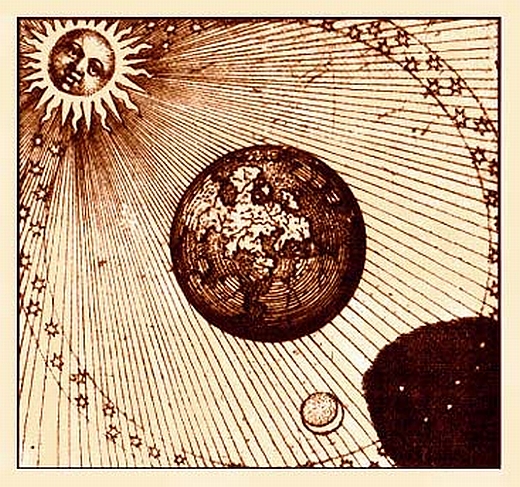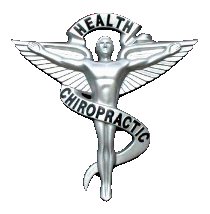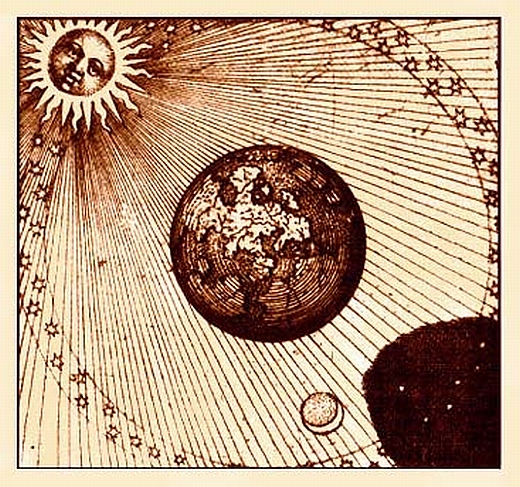 My perpetual, self-designed, professional continuing education has taken an interesting turn this year, as I've been stepping past the usual rounds of journal articles and monographs on herbs, and acupuncture, and the manual methods of healing of which chiropractic has become the primary form. Digging deeper into the roots of the traditional healing professions, I'm looking past that data, into the ofttimes misty past of traditional medicine, trying to discern what it was that my forebears saw in, say, the bark of the white willow tree -- which, in the industrial age, turned into aspirin. And just what was it about spinal adjusting that led Hippocrates to recommend it.
My perpetual, self-designed, professional continuing education has taken an interesting turn this year, as I've been stepping past the usual rounds of journal articles and monographs on herbs, and acupuncture, and the manual methods of healing of which chiropractic has become the primary form. Digging deeper into the roots of the traditional healing professions, I'm looking past that data, into the ofttimes misty past of traditional medicine, trying to discern what it was that my forebears saw in, say, the bark of the white willow tree -- which, in the industrial age, turned into aspirin. And just what was it about spinal adjusting that led Hippocrates to recommend it.
In essence, I have been delving into my professional collective unconscious, because that was the mode of thought of the earliest healers. Shamans, alchemists, and both early and modern Chinese doctors all work in the realm of symbols and their meanings; which is the same means of communication favored by our unconscious minds. The earliest herbalists often chose herbs based on their resemblance to the body part or disorder they were attempting to heal, bringing together unconscious associations with empirical evidence.
As anyone who has worked extensively with the unconscious mind can attest, this part of you communicates through symbols. While symbols lack precision -- just what does that young boy standing there holding a ball actually mean -- they pack a powerful emotional punch. Someone who is an expert in the manipulation of symbols, such as an advertising professional, has access to our deepest motivations, which is one way in which we can be manipulated without even being conscious of it.
Symbols are a form of visual shorthand, in which a whole host of ideas or emotions are framed and communicated in one fell swoop. For example, with just a glance, everyone knows that this symbol:
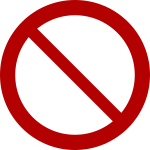
means DON'T DO IT, whatever "it" happens to be.
That's an example of an informational symbol. Other symbols are intended to evoke an emotion. For example, this symbol:

Is a nearly-universal symbol of love, and evokes feelings of warmth and affection.
But then there are the symbols which reach deeper still, which are universal, and which tap archetypes in what psychologist Carl Jung called our "collective unconscious." These symbols go back thousands of years, to the earliest civilizations and beyond. These symbols call forth associations from our unconscious to primal psychological forces, powerful motivators of behavior. For most people in the U.S., you don't have to go much further than the corner church to see one of those archetypal symbols at work:

The Christian cross, however, is much older than Christianity. This is what the cross looked like in ancient Egyptian times:

Back then, however, it didn't belong to the Abrahamic god and his son, but to multiple Egyptian gods, who used it to confer life on the mummies of the dead, permitting them an afterlife.
In its earliest incarnation (if I may be so bold), the cross initially appeared like this:
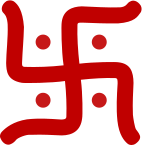
And in this form, the swastika was used to represent the sacred force of abundance, with the arms of the cross invoking the cycle of death and rebirth. Of course, later the symbol was perverted in Western civilization by being reversed and becoming the symbol of an inhuman killing machine.
You can see, however, the common theme of the archteypal cross. At every stage of its existence, it represents the spiritual quality of rebirth, whether it was Christ rising from his sepulchre or mummies restored to the afterlife.
Throughout humanity, this archetypal symbol holds this same meaning. It is part of our collective unconscious, the psychic commonality which links and motivates all of us, whether ancient Egyptian or modern Baptist.
Which brings me, at last, to the point of this post.
Who, reading this blog, is unfamiliar with this symbol:
Even at its most stylized, this is an easily recognized symbol. It is the symbol of the doctor, of the hospital, of the men and women that will heal you when you are ill and tend to you in your demise.
The problem is that this symbol, commonly called the caduceus, is not the symbol of health or healing at all.
It is the symbol of commerce and money.
The caduceus is the staff of the Greek god Hermes. Hermes is the god of the trades and commerce, and he actually acquired the staff after defrauding his half-brother, Apollo.
And that is the symbolic representation of medicine in this country. There are no healers involved in this archetype, no caregivers, none who would freely give of themselves for the well-being of others.
Instead, the medical industry has chosen as its symbolic representation, the archetype of greed and self interest.
In comparison, what have the members of the second-largest whole body health profession in the world chosen as their symbol?
This is the chiropractic profession's winged angel of health. As you can clearly see, this symbol embodies the cross, that symbol of rebirth and renewal -- and hope. Accompanying the cross is an angel. The angel is another archetype as old as humanity, and its function has been to manifest the divine power to aid mankind. They protect. They guide. They heal.
So let me ask you a very important question. When it comes to your health -- the foundation of your quality of life, the ruler of your longevity -- in whose hands do you trust? The person who chooses to represent himself with greed and unenlightened self-interest? Or the physician who guides himself by the principles embodied by the angels?
It's an important decision. Choose wisely.

